A studio of one's own
Women artists' studios in the Artist's Studio Museum Network
A studio of one's own: women artists in the Artist's Studio Museum Network
A look at some of the studio museums dedicated to women artists.
The studio museum, like the museum itself, is in many ways a nineteenth-century phenomenon. Even the Dürer House in Nuremberg, established as a place of pilgrimage almost as soon as the artist died in 1527, wasn't formally opened as a museum until 1871.
Dürer, like Peter Paul Rubens, is an example of an artist whose studio museum became a source of national pride. However, smaller studio museums might also stand as evidence of the historical popularity of artists whose names might now be less familiar in big national galleries - Jac Maris, Antoine Wiertz, Abel Salazar.
At the same time, their reflection on the art historical canon of the time means that the artists celebrated in the studio museum are often overwhelmingly white, and overwhelmingly male.
However, this is not universally true. Over and above creative couples, studio museums do also celebrate several significant women artists. Here are a few of them.
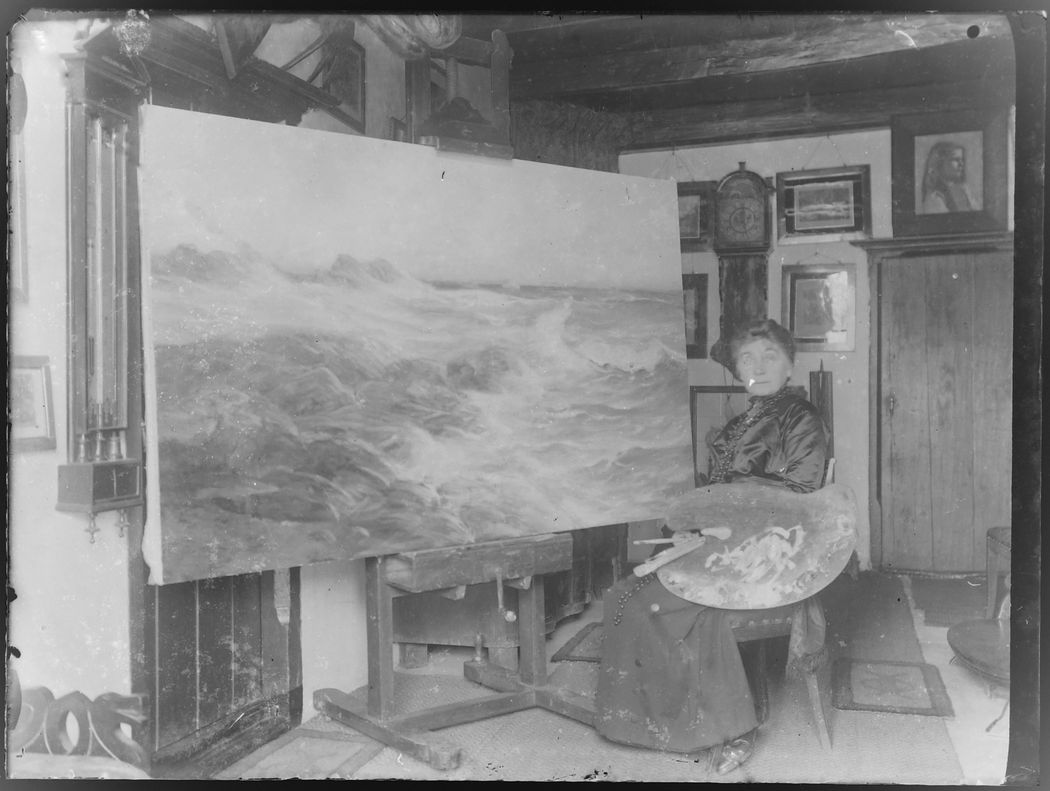
Betzy Akersloot-Berg at work on a painting
Israel
Ticho House, Jerusalem
'I was impressed by the grandeur of the scenery, the bare hills, the large, ancient olives trees, and the cleft slopes … the sense of solitude and eternity'. This was how Anna Ticho (1894-1980) described the landscape of Jerusalem, the city to which she came in 1912, with her husband, ophthalmologist Dr Albert Ticho. She would spend the rest of her life here, making drawings in pencil, charcoal and pastel of the distinctive scenery.
The Ticho House is established in the couple's former home. The ground floor was a consulting room for Albert Ticho, while the upper floor housed living quarters and a studio space for Anna. At her death, Anna Ticho bequeathed the house and its art collection to the Israel Museum.
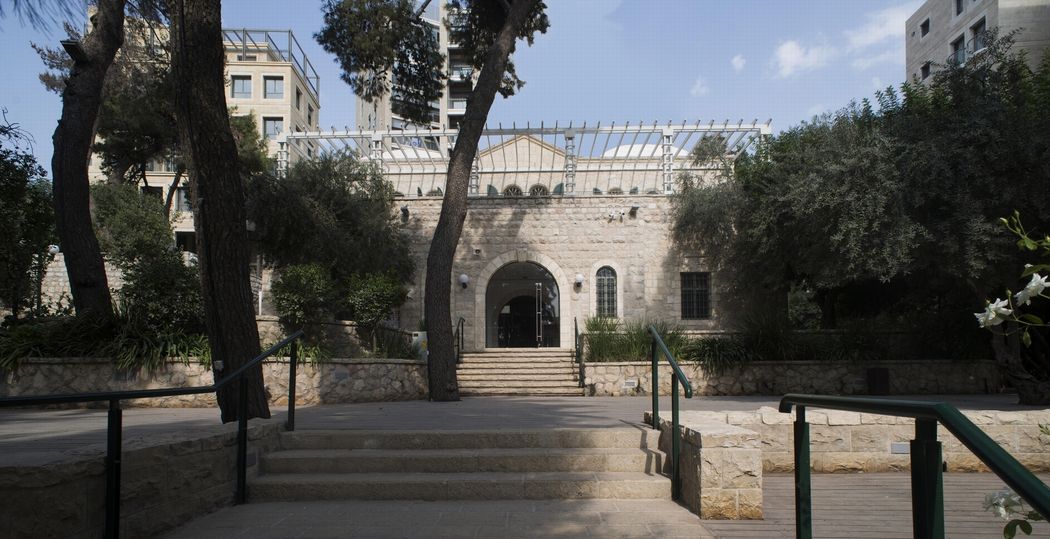
The Ticho House, Jerusalem
Russia
Anna Golubkina Memorial Studio, Moscow
Anna Golubkina (1864-1927) was born to a peasant family and received almost no education. However, her talent at art was recognised by a local teacher and she was admitted first to an architecture school and then to the Moscow School of Painting, Sculpture and Architecture. She worked with Auguste Rodin in Paris, before returning to Moscow in 1901, where she established herself as a portrait sculptor in the Impressionist vein. As the first Russian recipient of the Paris Salon prize, she was well-respected as an artist.
The Anna Golubkina Memorial Studio is the space she rented in the heart of Old Moscow in 1910. It would be her active workspace for the rest of her life, and at her death, she bequeathed the house and its collections to the Russian state.
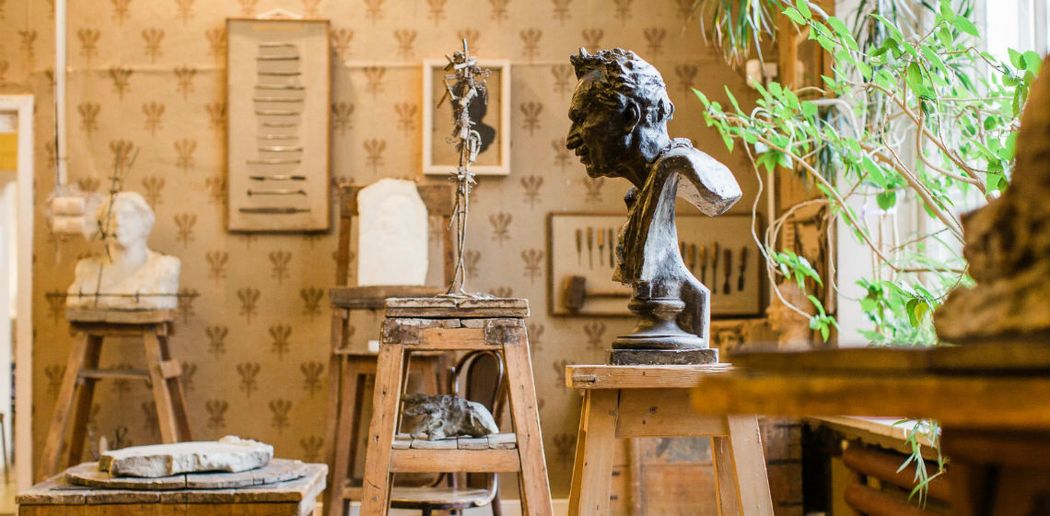
The Anna Golubkina Memorial Studio
United Kingdom
Farleys House and Gallery, East Sussex
The New York-born Lee Miller (1907-1977) has become well known as the muse and model of photographer Man Ray, but she was a significant portraitist, fashion photographer and Surrealist artist in her own right. She was a combat photo-journalist in the Second World War, in which capacity she covered not only the Liberation of Paris but also the liberation of the death camps at Buchenwald and Dachau.
Lee Miller married Roland Penrose in 1947, and they moved to Farleys two years later. During their tenure in East Sussex, their home became a focal point for Modernist artists, writers and thinkers, including Leonora Carrington (1917-1973). The house now houses the extensive Lee Miller archive, as well as displaying the rooms in which she lived and worked much as she left them.
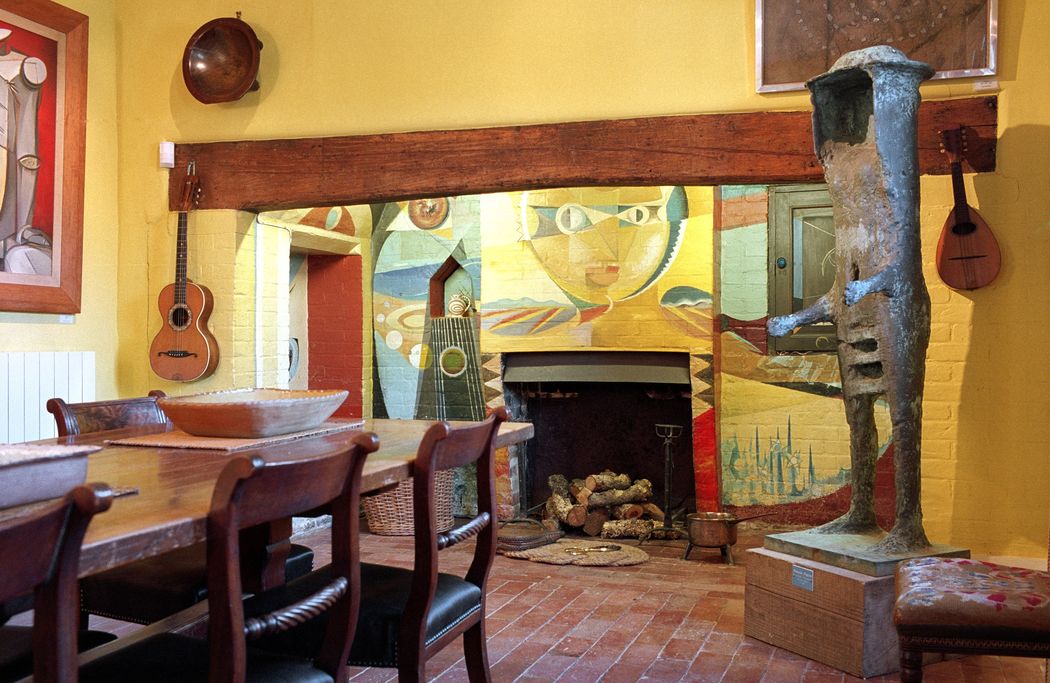
The dining room at Farleys House and Gallery
The Netherlands
Tromp's Huys, Vlieland
Betzy Akersloot-Berg (1850-1922) was Norwegian-born but spent most of her career in the Netherlands. She established herself as a marine and landscape painter after studying in Paris and The Hague, and married Gooswinus Gerardus Akersloot in 1893. Together, they bought the oldest house on the island of Vlieland, once owned by the Dutch admiral Cornelis Tromp, and set about restoring it.
Akersloot-Berg established her studio at the renamed 'Tromp's Huys', and would spend most of her life and career here, while making frequent trips to Paris during the summer to participate in art exhibitions and teaching. Tromp's Huys became a museum in 1956.
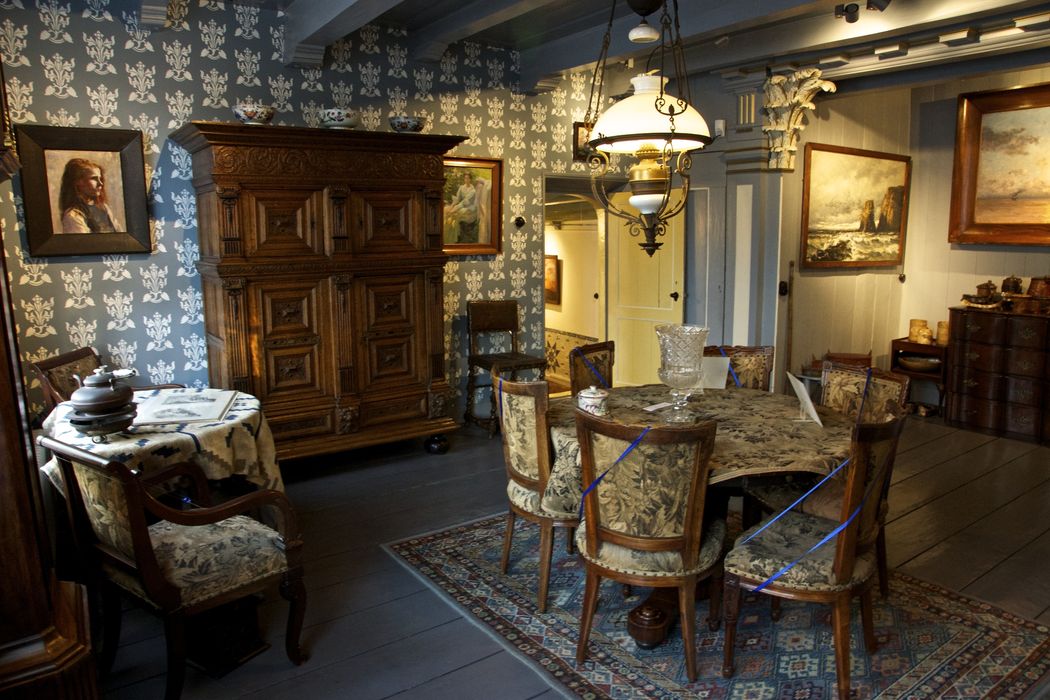
The dining room at Tromp's Huys, Vlieland
United Kingdom
Dimbola Museum and Galleries
The relentlessly experimental Julia Margaret Cameron (1815-1879) became one of the most celebrated photographers of the Victorian period, and many of her projects started on the Isle of Wight, in the house that is now Dimbola Museum and Galleries. An adapted 'glazed fowl house' served as her studio, and her subjects were drawn from the local inhabitants - both tourists and travellers, such as Annie Philpot ('my first success'), and Freshwater celebrities, such as Alfred, Lord Tennyson and the painter George Frederic Watts.
The Julia Margaret Cameron Trust was established in 1993, when the house was threatened with demolition, and the Museum and Galleries now preserve and display the historic interiors, including Cameron's lovingly restored bedroom.
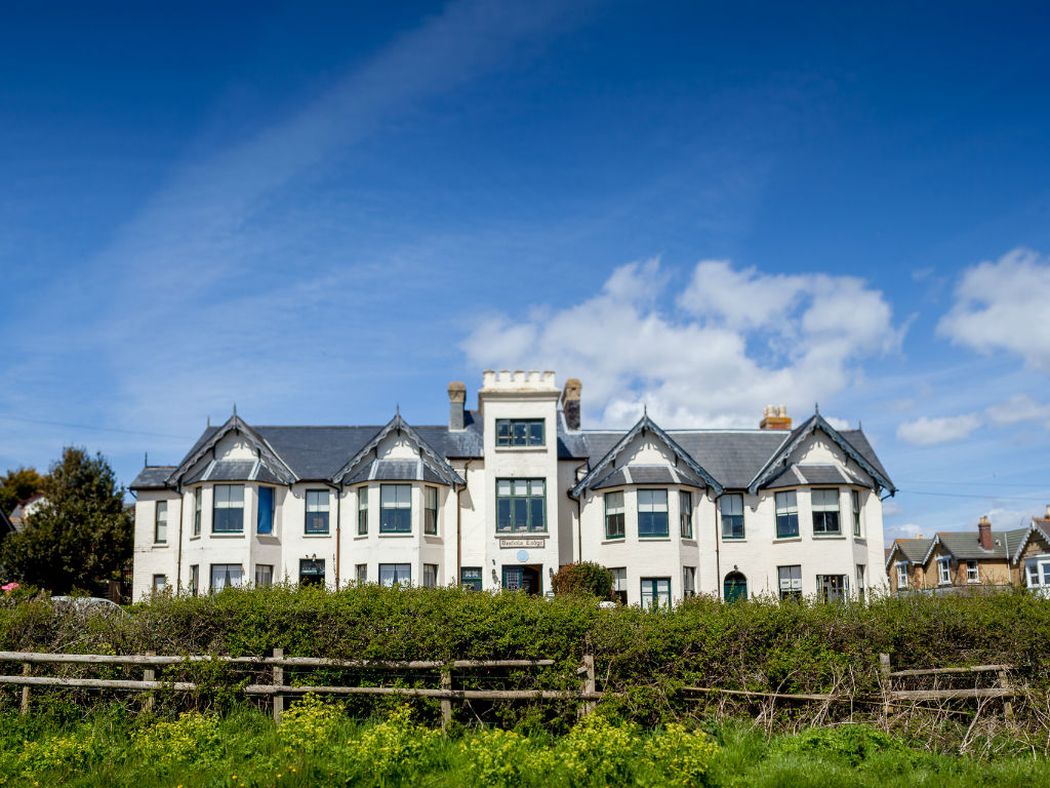
Dimbola Museum and Galleries
